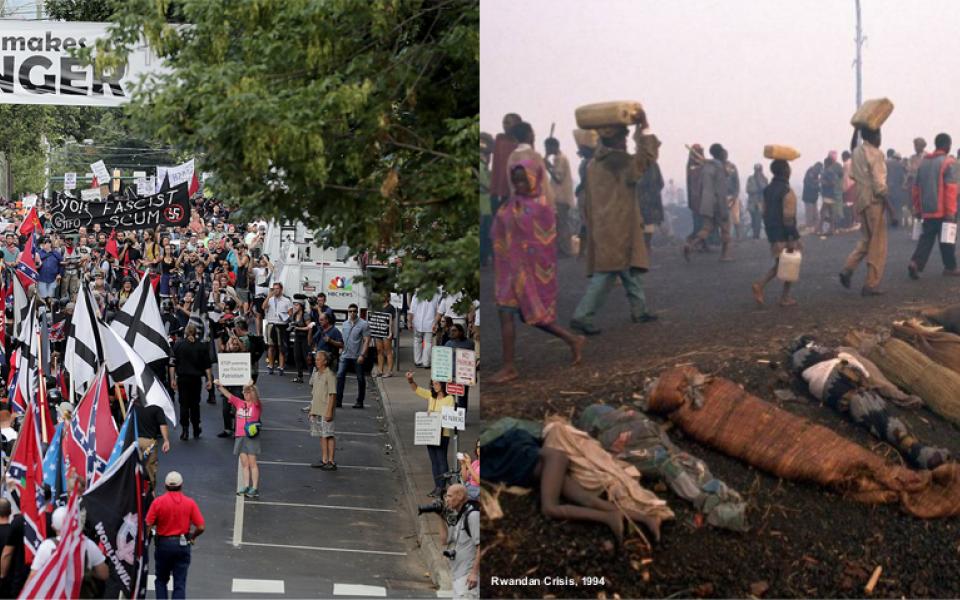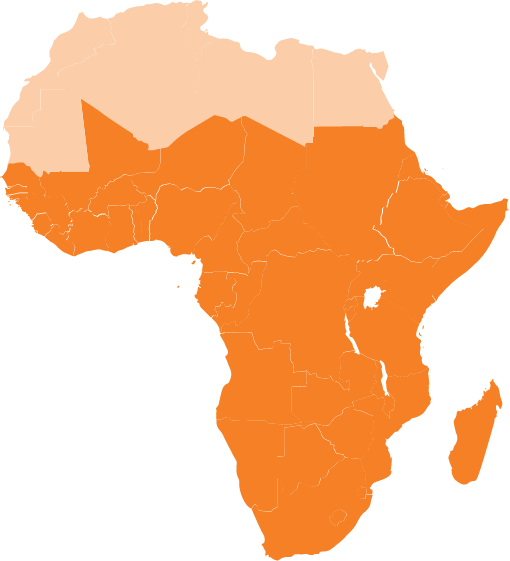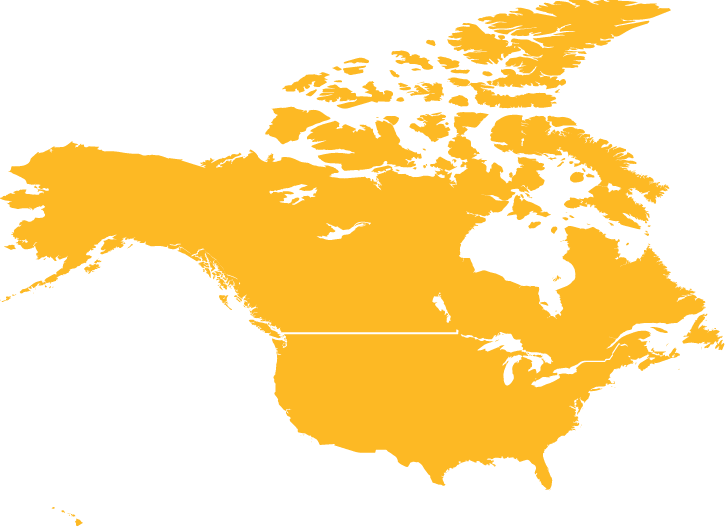
Left: White Nationalists rally amid protesters in Charlottesville, USA 2017 (Getty Images) / Right: Roads lined with bodies of victims, as refugees flee to crowded camps during the Rwandan Genocide in 1994 (Peter Turnley)
Read this story on the Huffington Post.
Last week, I was in Rwanda, a country recovering from civil war and genocide and aspiring to build a society with “Unity in Diversity” as its central ethic. I returned to the news of the atrocities in Charlottesville, Virginia, in a country whose motto “E Pluribus Unum, Out of Many, One” is being made a mockery of by a president encouraging his nation to relive its civil war as he promotes division and hatred among its citizens.
As a child, I sat in the lap of my Armenian grandfather as he shared horrifying stories of the massacre of his family and friends in the genocide. Within the past two years, I have stood amidst human remains in the killing fields of Cambodia, at a mass grave where hundreds of thousands are buried in Rwanda, at memorials in Germany and Poland to the millions killed in the Holocaust, and in the streets of Sarajevo where the scars of ethnic cleansing remain.
At each of these sites, I asked myself, “What were the conditions that led to these horrific moments in human history?”
Mass atrocity and genocide targeting particular groups for oppression or extinction requires a set of preconditions that dehumanize people and legitimize their abuse. In every example of genocide, including the systemic massacre of Native Americans and Indigenous peoples and the enslavement of Africans, governments first carried out a systematic propaganda campaign. The rhetoric that preceded these atrocities spread hatred and bigotry, dividing society into an “us” threatened by the very existence of a “them.”
These politics of dehumanization and division were strategies employed in the Holocaust, in the genocides in Armenia, the Balkans, Cambodia, and Rwanda, in the colonization of India and South America, during apartheid in South Africa, and, today, in Darfur, and against the Yezidis as well as other ethnic and religious minorities in Iraq and Syria. These examples illustrate the extent to which power-obsessed leaders will go to gain and hold power.
Within the past two years, the Trump campaign/administration has employed these same tactics to seize power in the United States, using dehumanizing rhetoric against Muslims, Immigrants, Women, Jews, Mexicans, African-Americans, Latinos/as, the LGBT community, the Pope, the press, the United Nations, intellectuals, educators, environmentalists, political opponents, comedians, and others.
Trump and his associates have used the discredited rhetoric of the “Clash of Civilizations” to frighten Americans into believing their lives are threatened by those “others” who look or pray or talk differently than they do. They have manipulated the grief of white Americans disillusioned by their failure to achieve the American dream, whipping up a frenzy of fear and hatred of targeted “others” through propaganda machines masquerading as news sources. This was also the situation in Armenia, in the Balkans, in Cambodia, in Germany and Poland, and in Rwanda before the killing started. I imagine it was also hard for people in those countries to believe that such rhetoric would lead to the horrors that followed.
At the Kigali Genocide Memorial, my Rwandan friend who had witnessed her husband and children and nearly a million fellow Rwandans murdered in the chaos of homicidal rage asked me,
“How could a country as great as America, where people from all over the world have come to live together, select such a leader? He is saying the same things Rwandan leaders said before the genocide began.”
I do not know what lies in the hearts of members of the Trump administration. I am sure that there are good and honorable people there. But I do know that the rhetoric and the strategies being employed - especially by the President - fulfill the criteria necessary to prepare the ground for mass atrocity and even genocide. If we fail to stop it, America may be the next exhibit in the Genocide Memorial in Rwanda. It will tell the story of a despotic leader who sowed seeds of fear and hate, inciting extremist groups to violent action against fellow citizens. And how his government promoted division, silenced voices of dissent, attacked the press, eroded human rights, and ultimately set the stage for horrible atrocities which future historians will call the American Genocide.
The Rev. Victor H. Kazanjian Jr. is the Executive Director of the United Religions Initiative (URI), a grassroots, interfaith peacebuilding organization based in San Francisco. URI works in 102 countries to build cultures of peace, justice and healing among people of all religions, cultures, spiritual expressions and Indigenous traditions. Reversing the course of history away from division, death and destruction towards cultures of peace, justice and healing is precisely what the work of URI is all about. By building bridges between people of different backgrounds, traditions and beliefs, URI “re-humanizes” communities – uniting people divided by dehumanizing rhetoric and hateful actions. “We Unite” is the call to action proclaimed in URI’s Charter: “We unite to use our combined resources only for nonviolent, compassionate action, to awaken to our deepest truths, and to manifest love and justice among all life in our Earth community.”
This piece represents the opinion of the author, while also addressing moral questions related to world issues that impact the lives of the URI community drawing from the values inherent in URI's Charter. While sometimes addressing political issues, they are non-partisan, serving as a moral voice as called for by the URI Charter and shaped by the URI Charter’s guidelines for action.

